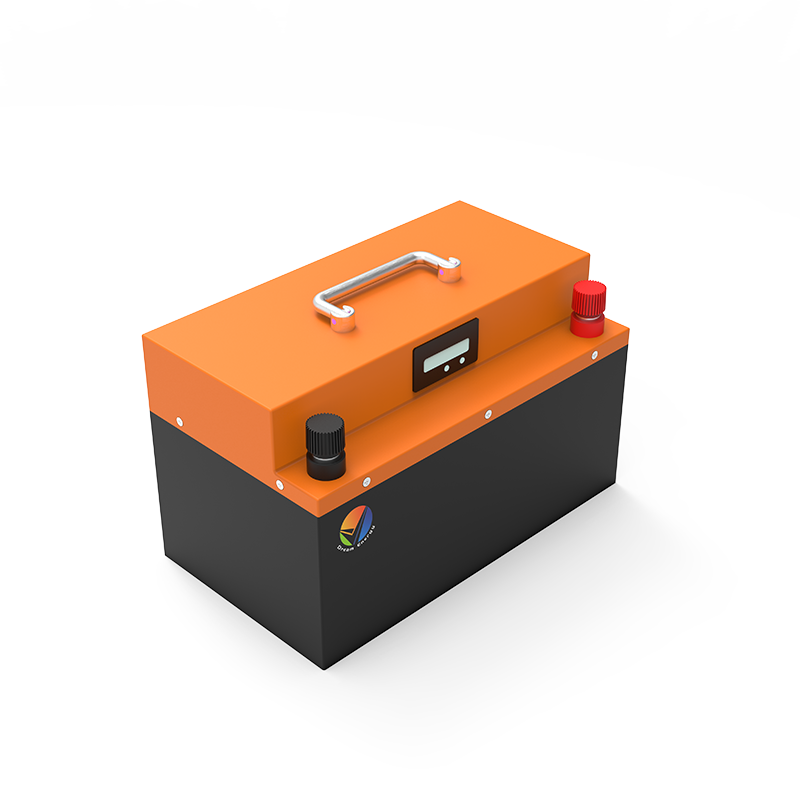Lithium-ion Battery vs. Lead Acid Battery: A Comprehensive Comparison of Safety
July 11,2023
When it comes to energy storage, two popular options are lithium-ion batteries and lead acid batteries. Both have their advantages and disadvantages, but one crucial aspect to consider is safety. In this blog post, we will conduct a detailed analysis of the safety aspects of lithium-ion batteries and lead acid batteries. By understanding the potential risks and safety measures associated with each type, you can make an informed decision for your energy storage needs.
What are Lithium-ion Batteries?
Lithium-ion batteries are widely used in various applications, including portable electronics, electric vehicles, and energy storage systems. They are known for their high energy density, lightweight design, and longer lifespan compared to lead acid batteries. However, it is important to consider the safety aspects of lithium-ion batteries.
Safety Concerns for Lithium-ion Batteries?
1. Thermal Runaway:
One of the main safety concerns with lithium-ion batteries is the risk of thermal runaway. This occurs when the battery overheats, leading to a chain reaction that can result in fire or explosion. However, modern lithium-ion batteries incorporate safety features such as thermal management systems and battery management systems to mitigate these risks. These systems monitor and control the battery’s temperature, preventing it from reaching dangerous levels.
2. Chemical Stability:
Lithium-ion batteries contain flammable electrolytes, which can pose a safety risk if the battery is damaged or improperly handled. However, advancements in battery design and manufacturing have improved the chemical stability of lithium-ion batteries. Manufacturers now use safer electrolyte formulations and incorporate safety mechanisms to prevent leakage or combustion in case of damage.
3. Charging and Discharging:
Proper charging and discharging protocols are crucial for the safe operation of lithium-ion batteries. Overcharging or discharging beyond recommended limits can lead to thermal runaway or reduced battery performance. Battery management systems in modern lithium-ion batteries help regulate the charging and discharging process, ensuring safe and efficient operation.
What are Lead Acid Batteries?
Lead acid batteries are the oldest type of rechargeable batteries and are commonly used in automotive applications, backup power systems, and off-grid energy storage. While they have different characteristics compared to lithium-ion batteries, they also require attention to safety considerations.

Safety Concerns for Lead Acid Batteries?
1. Acid Leakage:
Lead acid batteries contain sulfuric acid, which can leak if the battery is damaged or overcharged. This can cause corrosion, environmental hazards, and potential harm to individuals if not handled properly. It is important to handle lead acid batteries with care and ensure they are properly sealed to prevent acid leakage.
2. Ventilation:
During the charging process, lead acid batteries emit hydrogen gas, which is highly flammable. Adequate ventilation is necessary to prevent the accumulation of hydrogen gas and reduce the risk of explosion. It is important to install lead acid batteries in well-ventilated areas to ensure safe operation.
3. Maintenance:
Lead acid batteries require regular maintenance to ensure their safe and efficient operation. This includes checking electrolyte levels, ensuring proper charging, and inspecting for any signs of damage or corrosion. Neglecting maintenance can lead to reduced battery performance and safety risks.
Safety Measures for Both Battery Types?
Regardless of the battery type chosen, there are general safety measures that should be followed:
1. Proper Handling and Storage:
Both lithium-ion batteries and lead acid batteries should be handled and stored according to manufacturer guidelines. This includes avoiding physical damage, keeping them away from heat sources, and preventing exposure to moisture.
2. Temperature Control:
Maintaining appropriate temperature conditions is crucial for both battery types. Extreme temperatures can affect battery performance and safety. It is important to store batteries in a controlled environment and avoid exposing them to extreme heat or cold.
3. Quality Assurance:
Choosing reputable manufacturers and suppliers for batteries is essential to ensure compliance with safety standards and quality control measures. It is important to select batteries that have undergone rigorous testing and meet industry safety certifications.

Conclusion
Both lithium-ion batteries and lead acid batteries have their safety considerations. While lithium-ion batteries are more prone to thermal runaway, advancements in technology have significantly improved their safety features. Lead acid batteries, on the other hand, require proper maintenance and ventilation to mitigate safety risks associated with acid leakage and hydrogen gas. Ultimately, the choice between the two battery types depends on your specific application, budget, and safety requirements. By understanding the safety aspects of each battery type and implementing appropriate safety measures, you can confidently select the battery that best suits your needs.